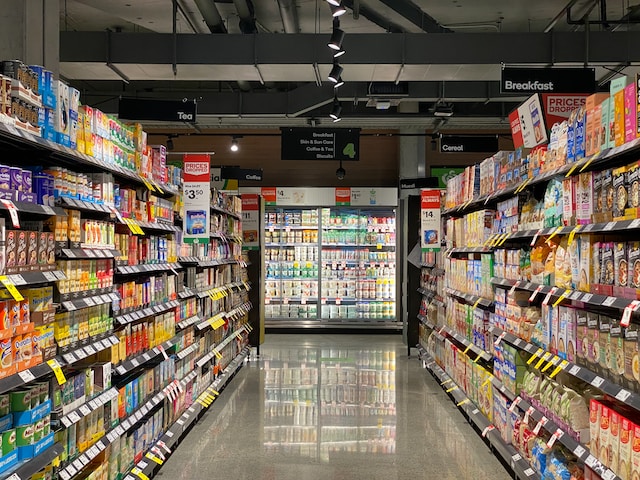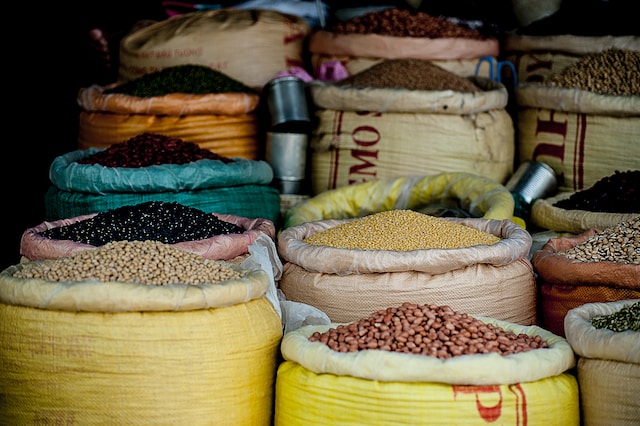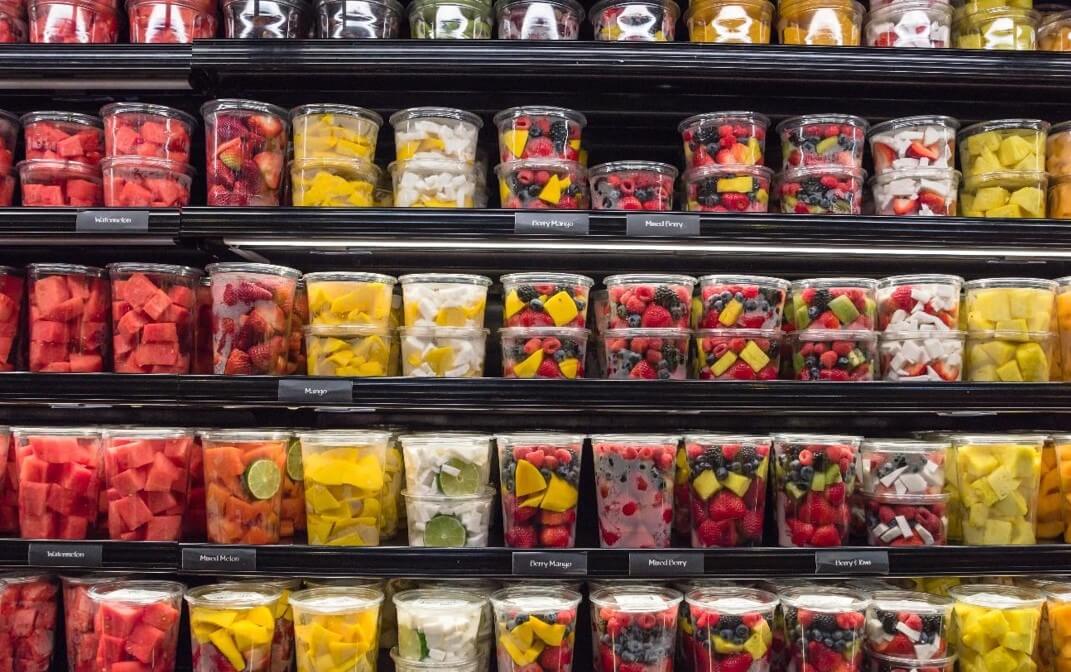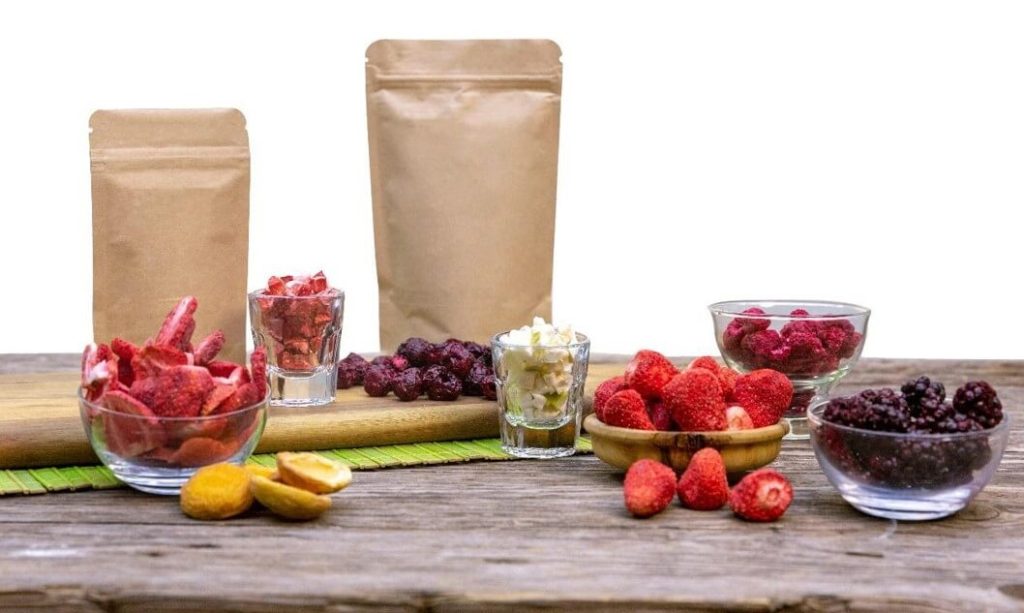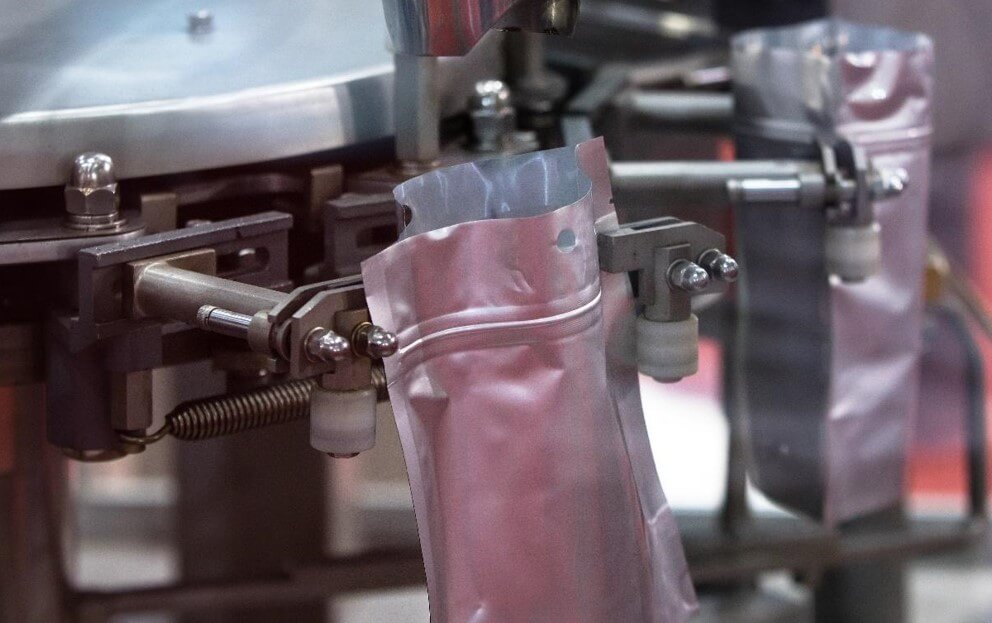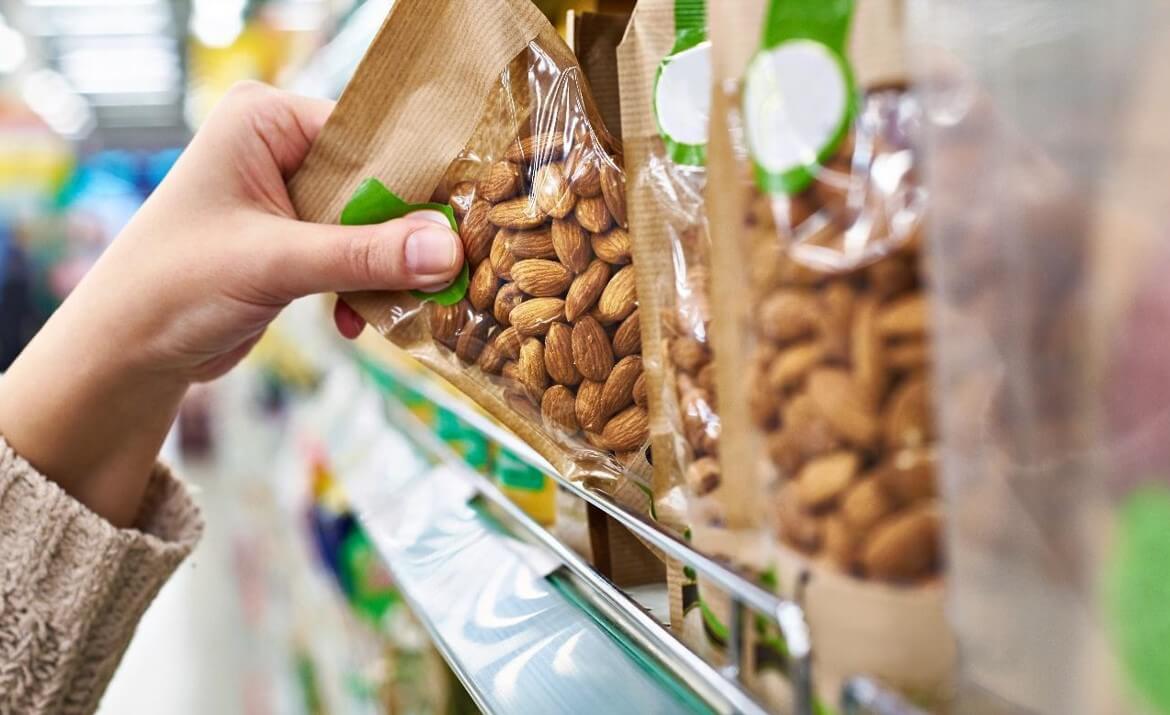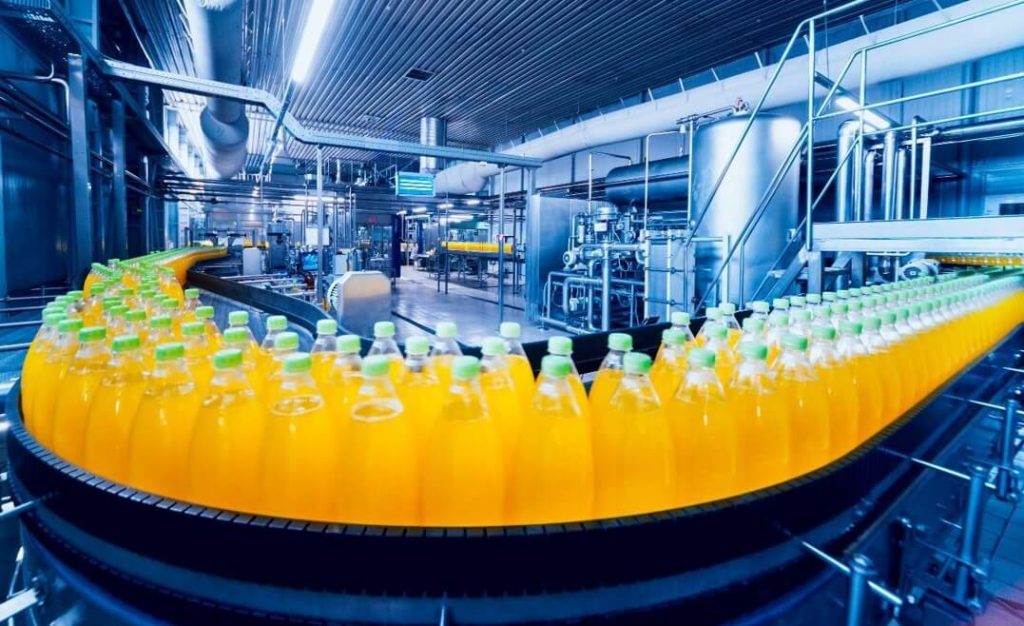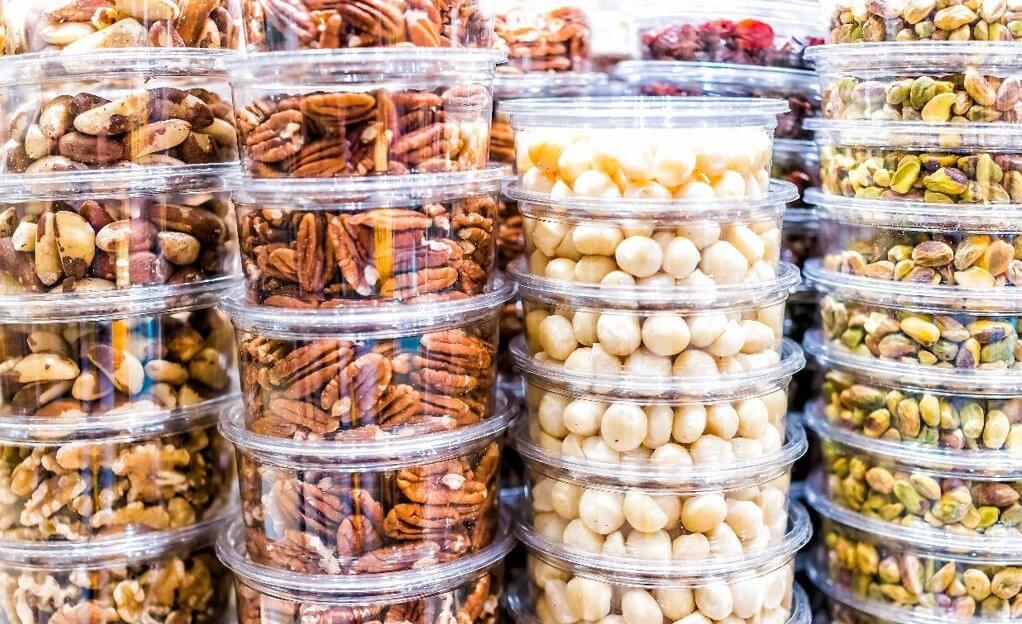Marketing your food products can be challenging, especially if you’re planning on selling in grocery stores. Therefore, understanding how to effectively and strategically promote your product is key to helping it become successful. In this blog post, we’ll show you 5 effective food marketing strategies to help get more eyes on your product.
1) Packaging Design
In food marketing, well-designed packaging is crucial to stand out and attract potential customers. A visually appealing packaging design is not just about making your food product look good but also about conveying your brand message to your target audience.
Aside from aesthetics, an effective packaging design must also be able to connect with potential customers emotionally. Using the right colors, fonts, and images that align with your brand’s personality and target audience can help achieve this connection.
2) Influencer Marketing
Influencer marketing has emerged as a valuable tool in promoting food products. The technique involves identifying influencers in your niche with a significant following and engaging with their audience to showcase your products. By collaborating with these influencers to create content that features your food products, you can reach a larger base of potential customers.
The beauty of influencer marketing lies in its ability to leverage the trust and credibility that influencers have built with their followers over time. By partnering with them, you can tap into their influence and reap the benefits of their brand endorsement.
3) In-Store Promotions
In-store promotions are one of the most effective food marketing strategies for those selling food products. Whether you’re promoting a new product or trying to increase sales of an existing one, product demonstrations, samplings, and coupons are great ways to catch customers’ attention and encourage them to try something new.
By introducing your products creatively and engagingly, you can leave a lasting impression on potential customers and build brand loyalty. This can help increase sales, and also offers a unique opportunity to interact with your customers and receive valuable feedback.
4) Social Media Marketing
Social media marketing can be a powerful tool for food marketers looking to boost their brand presence and increase sales. Through platforms like Instagram, Facebook, and Twitter, you can showcase high-quality images of your products and engage with potential customers directly.
Crafting engaging content and running targeted ads can help you reach your ideal audience, building interest and trust in your offerings. By leveraging the power of social media, you can effectively expand your marketing reach and build a loyal customer base for your food products.
5) Product Placement
Finally, product placement can be a crucial marketing strategy for food products sold in stores. By working with retailers, you can ensure your products are strategically placed in high-traffic areas. Places like end caps and checkout displays can help increase their visibility to potential customers.
Moreover, cross-promoting with other brands can help expand your reach and expose your products to a wider audience. These simple tactics can help increase sales and revenue for your business.
Conclusion
Effective food marketing strategies are essential for any business trying to succeed in this competitive market. So, give one (or all) of them a try – it may be just what you need to take your business to the next level!
Need a hand getting your food product off the ground? We’d be happy to help! Click here to get in touch with the greater goods, and book a free consultation with us today.
